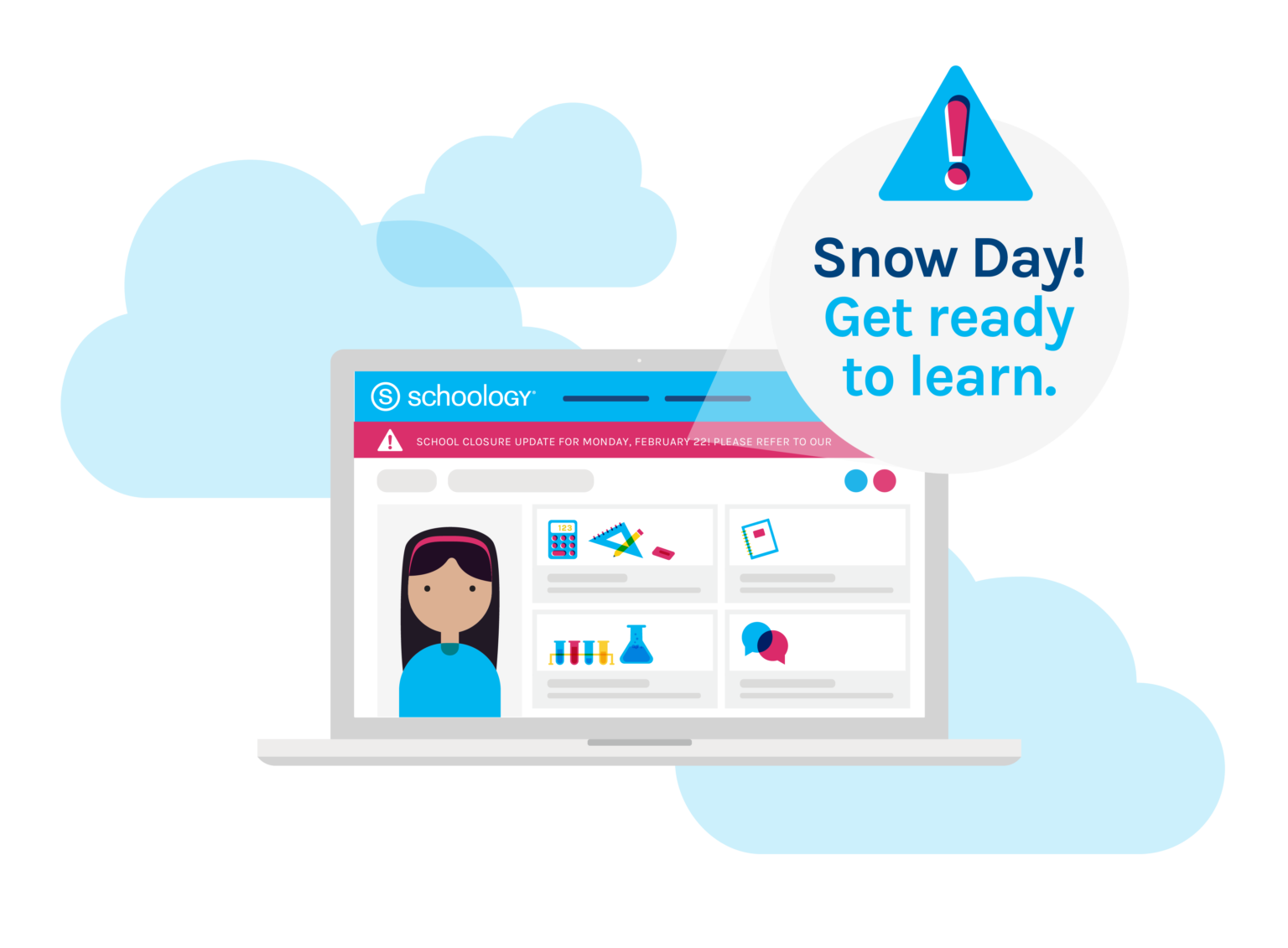Remote Learning: A League of Its Own
Although the terms are sometimes used interchangeably, remote learning is not necessarily the same as virtual learning. Virtual learning is typically its own school with its own curriculum and dedicated resources set aside so that students may access the curriculum outside of the brick-and-mortar classroom. Remote learning is different. It is typically implemented in place of what would be considered a “normal” school experience—think students accessing the curriculum during a snow day or other calamity day, the COVID-related school shutdowns of the previous year, or other emergency situations.
In other words, remote learning is in a league of its own, and your learning management system (LMS) should be responsive and flexible enough to support a remote learning format when and how it is needed. The following are four essential remote learning principles that your LMS should support in order to help your students succeed.
Access and Accessibility
It’s five in the morning. A steady, heavy snow has been falling for a few hours now, without an inkling of a reprieve in sight. A snow day, that holy grail of calamity days, the hope and wish of every small child who has ever worn their pajamas backward and flushed ice cubes down the toilet, is imminent. The call is made. Your district’s snow day plan now calls for “asynchronous remote learning” via the LMS. Are you ready? Are your students?
I’m not trying to crush any dreams here. There may still be room for a traditional snow day or two in the future. But if the pandemic has taught us anything, it’s that schools can learn to adjust delivery models quickly. However, to do it effectively, your LMS must first meet the most basic features: access and accessibility. The benefits of things like single sign-on capability and downloadable content are even grander when you add accessibility features like text-to-speech, closed captioning, and the like. Now you’re in a position to support remote learning by fully supporting individual learners. That’s why the first essential feature is also the most basic.
Think like a student. As mentioned above, on an asynchronous remote learning day, is it clear to you how you would log in and access materials? Are there tutorials and supplemental resources available for students to be self-sufficient? Are the learning objectives evident? Are any materials and assignments respectful of students’ time and resources at home? These and other access and accessibility concerns can and should be easily met within your LMS.
A Sense of Continuity and Community
The biggest challenges for students inherent in remote learning have become clear. In one survey last fall, nearly half of teachers reported increased levels of “anxiety, depression, academic stress, trauma and grief” in their students, along with complaints of physical ailments related to increased screen time and sitting at desks—not to mention the concerns students have for their immediate and extended families1.
A good learning management system will help you maintain a sense of continuity and community when learning shifts to a remote format. Help students see the LMS as the remote extension of their physical classroom space. Build in the same routines and interpersonal checkpoints when students are remote. One of the great things about your LMS is the ability to use edtech tools, like EdPuzzle or Flipgrid, to keep patterns of interaction going in the remote setting (Schroeder, 2020), which helps maintain that sense of community that is so special to the educational setting.
When my school district went remote last year, like so many of yours did, one of the first things I noticed upon “visiting” remote classrooms via the LMS was that the remote learning format completely upended the interaction one would typically see in a brick-and-mortar classroom. Just the necessity of muting and unmuting during a video chat, for example, drastically impacts interpersonal communication patterns—all the more reason you must use the other tools at your disposal so that your LMS supports students, not silences them. When you use your LMS as an extension of the classroom community, it may help alleviate some of the challenges students face during remote learning.
Opportunities for Real-World Relevance
Remote learning can be even more challenging when you simply try to port what you’ve always done over to the remote learning environment. Make remote learning a liberating opportunity to do something different. A good LMS presents opportunities for students to connect learning to real-world applications because it’s often much easier to use the LMS as a curated hub and launch point for real-world projects and activities than trying to gather materials in the physical classroom space.
For example, let’s say you want students to “think critically about their communities and even places where their families have come from2.” Where else can you instantaneously weave together everything from local ordinances and city council meeting minutes to virtual field trips halfway around the globe, all while the class is working remotely (and possibly asynchronously)? It’s all about leveraging your learning management system’s power to make the learning substantive, relevant, and personal. It’s a much better approach than merely digitizing a worksheet for the day, anyway.
Don’t Forget About the Parents and Families
Often, we get so caught up in the essential features of an LMS to support the remote learning needs of students that we forget about the remote learning needs of their caregivers. Parents need to be supported, as well, especially because they don’t “live” the world of the LMS daily as their students do.
Great ways to support parents during remote learning include facilitating clear, consistent, substantive communication, providing LMS “how-to” guides, and hosting events such as digital parenting academies3. Your LMS should make it easy for you to do all of these things. In the process, try to think about those interactions from a parent’s perspective and plan to support them accordingly.
Fully Utilize the LMS
Clearly, remote learning is its own animal, different in many ways from what we think of as a “virtual school” or classroom. Accordingly, gone are the days when a list of online resources/links or a folder of documents will suffice for an online classroom environment. Today’s learning management systems allow you to create a remote learning experience that can step in at a moment’s notice to replace what we think of as the traditional classroom. Fully use your learning management system’s features, and your students will feel cared for and supported throughout their remote learning experience.
Resources
- Johnson, C. A. (2020, October 23). ‘My students are struggling’: Joint pain, migraines, vision impairment and mental health are impacting student wellness duringremote learning. Chicago Tribune.
https://www.chicagotribune.com/lifestyles/parenting/ct-life-student-wellness-remote-learning-online-school-20201023-g3tjimt5rjfp3hs2cntoc7jlsq-story.html - Ferlazzo, L. (2020, April 12). Strategies to support some of our most vulnerable students through distance learning. Education Week.
https://www.edweek.org/education/opinion-strategies-to-support-some-of-our-most-vulnerable-students-through-distance-learning/2020/04 - Hooker, C. (2020). 5 ways to support parents during remote learning. Tech & Learning.
https://www.techlearning.com/features/5-ways-to-support-parents-during-remote-learning
Student Success Resource Kit
We’ve compiled resources to help your school or district address unfinished learning, deliver personalized instruction, and better prepare students for future success.
Get Resource Kit


